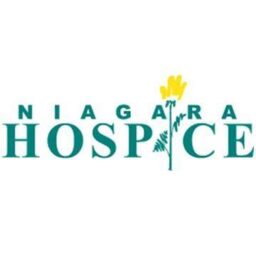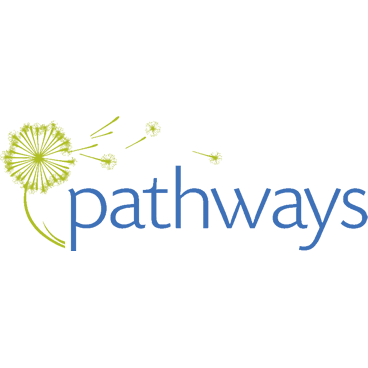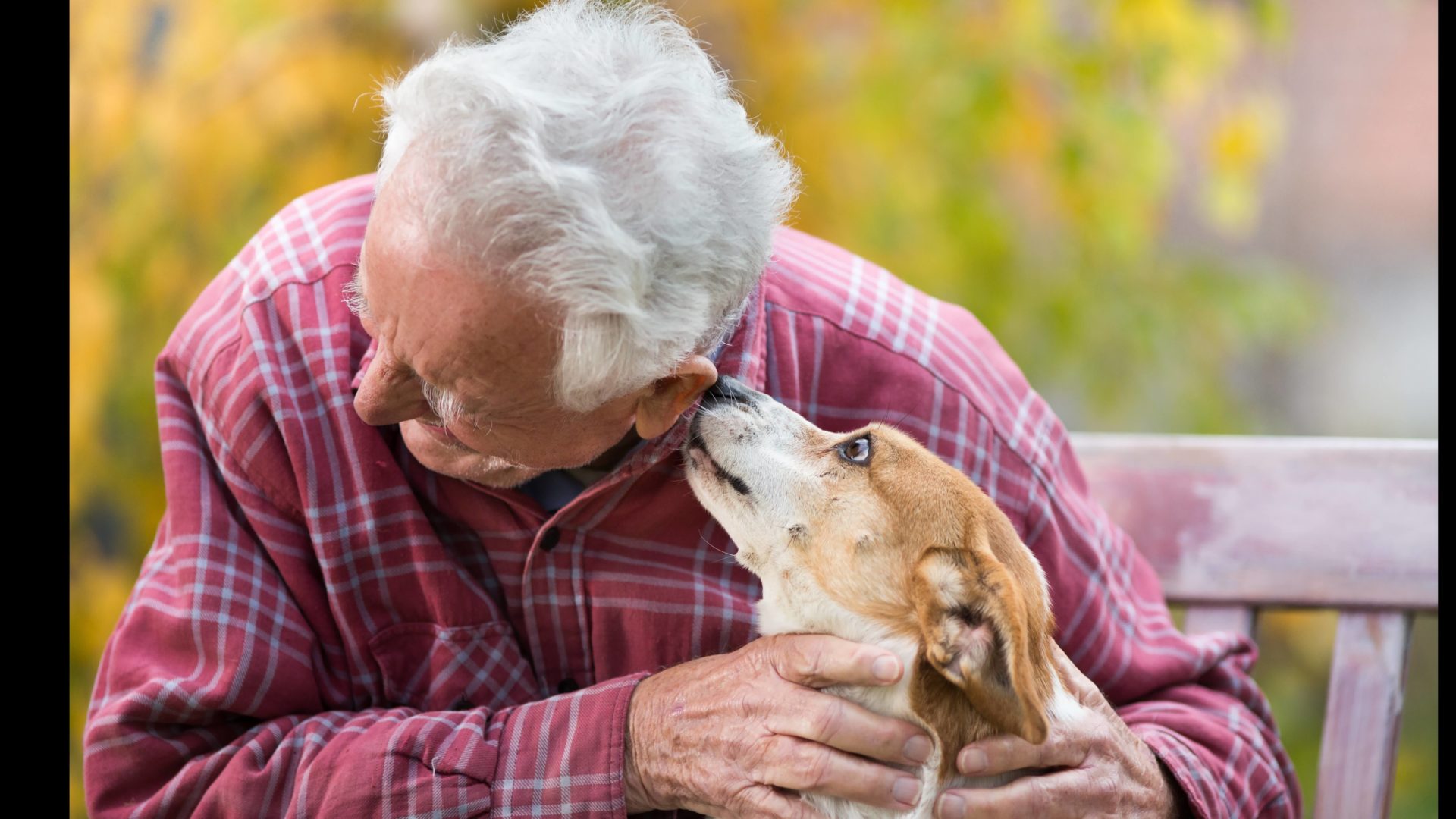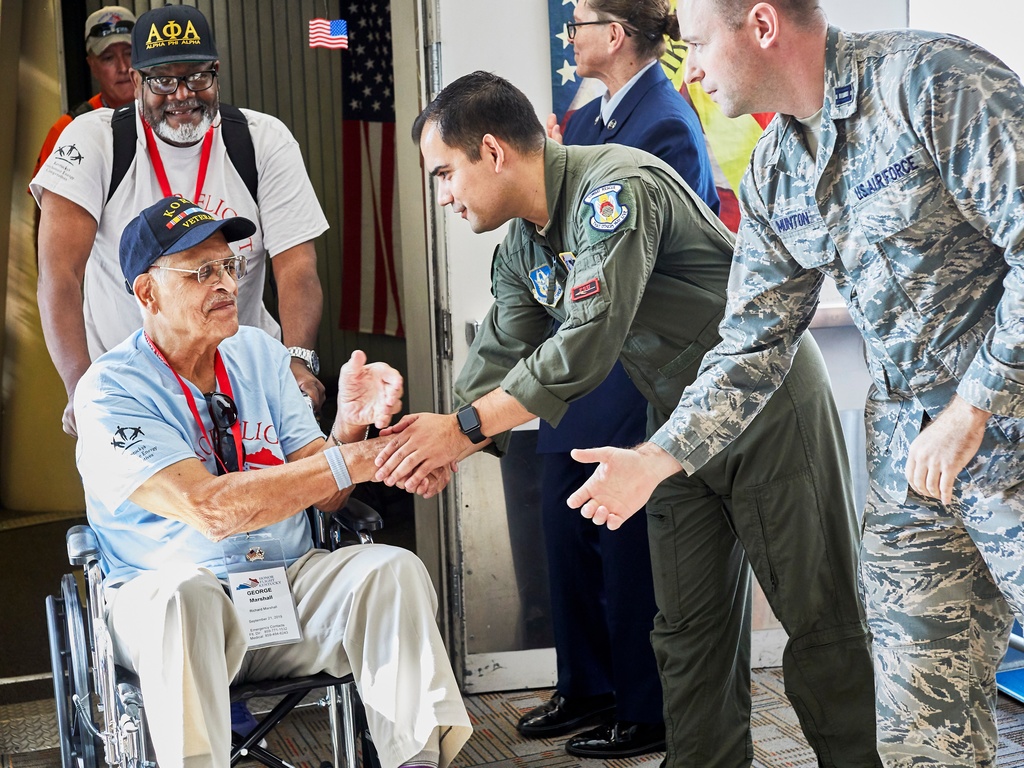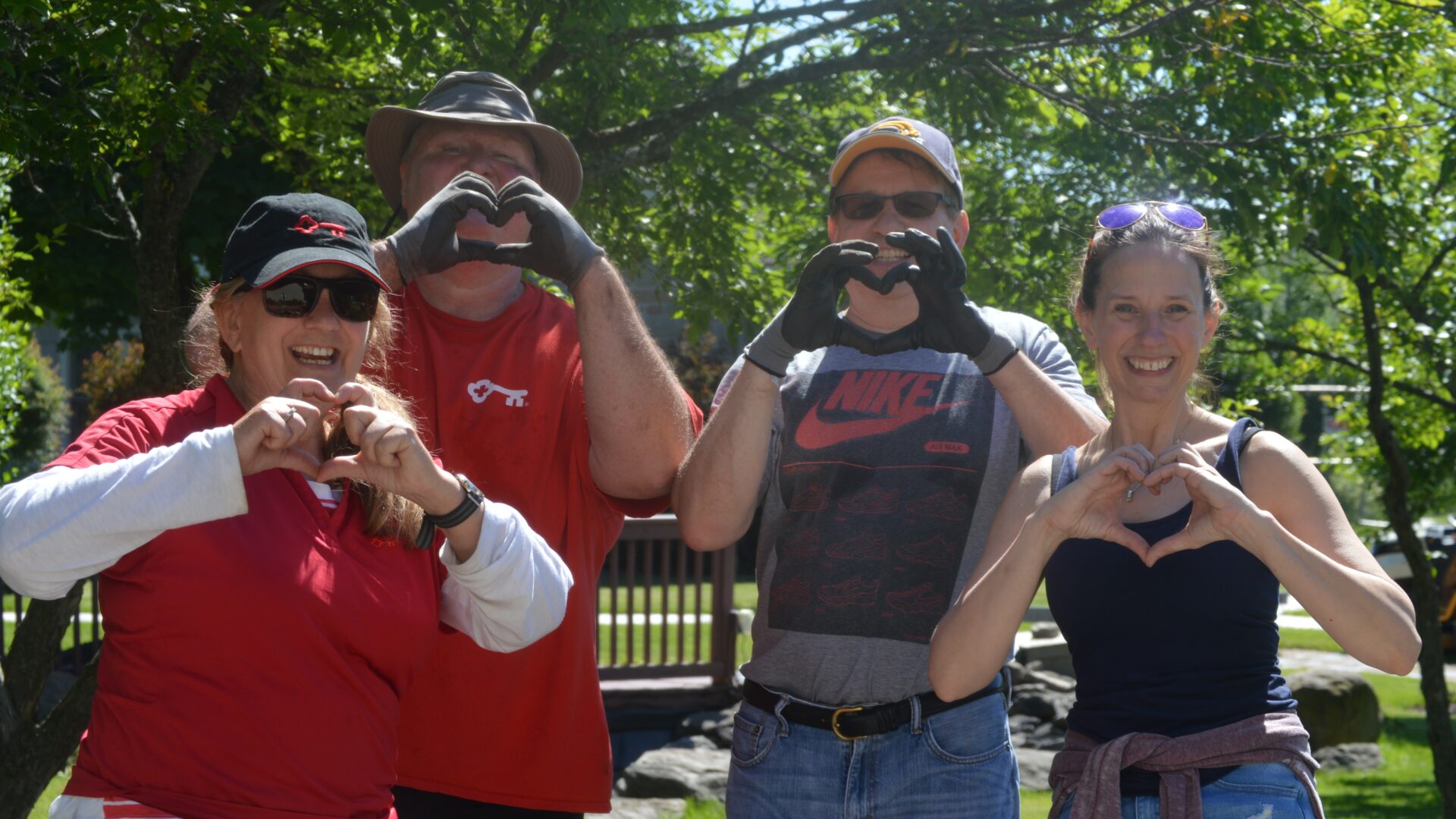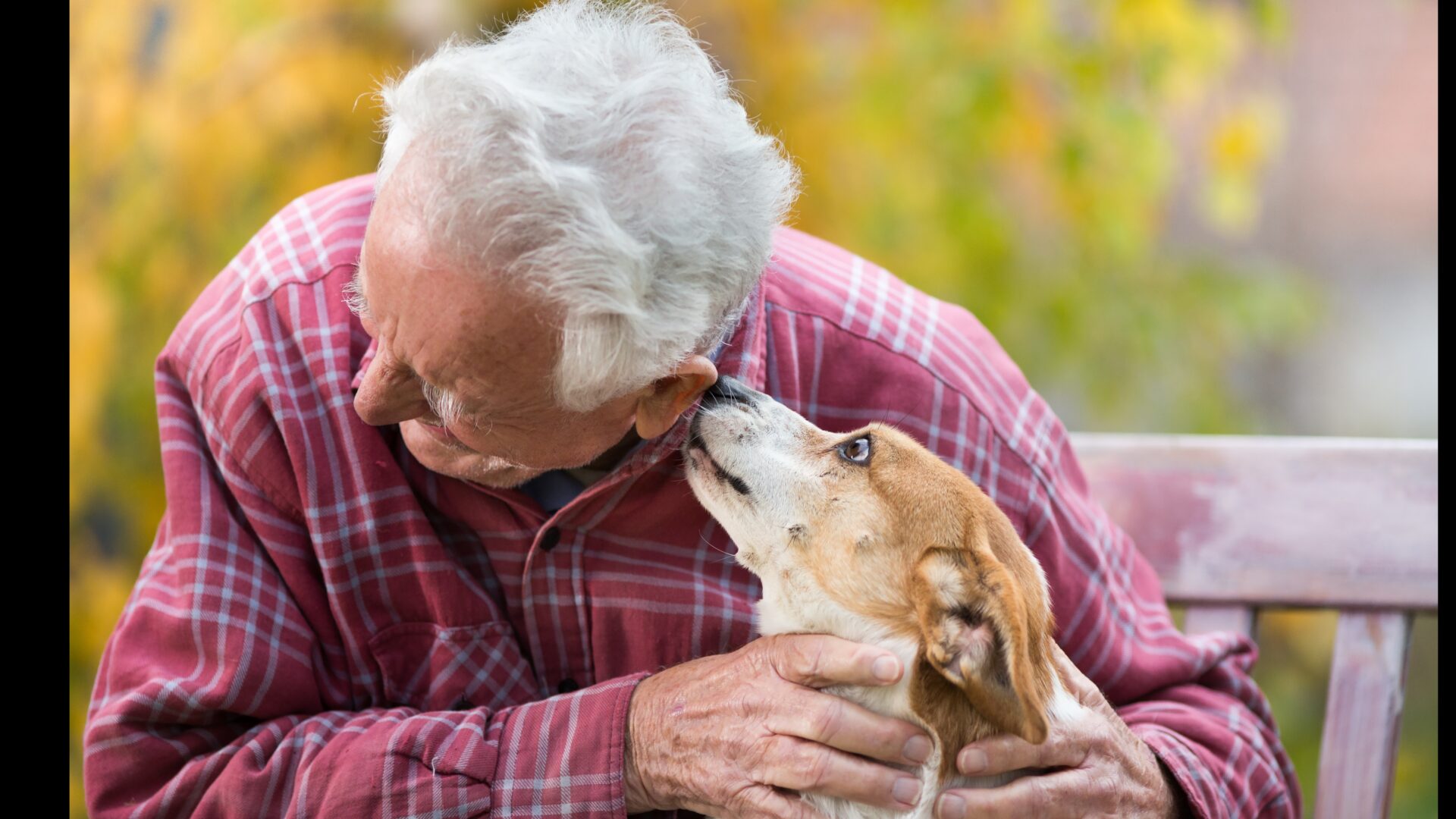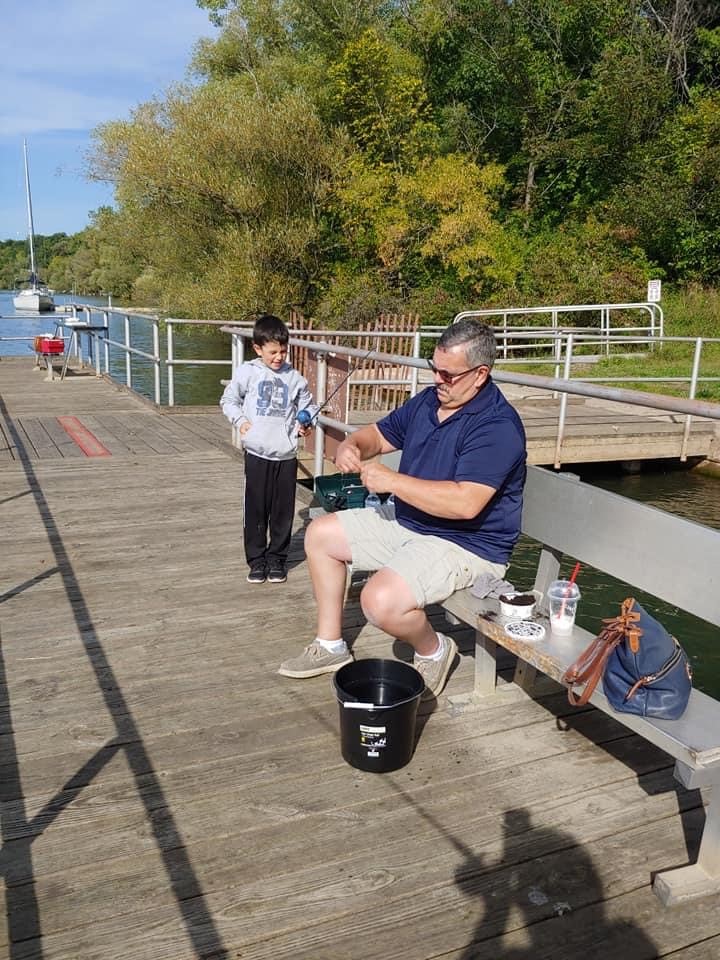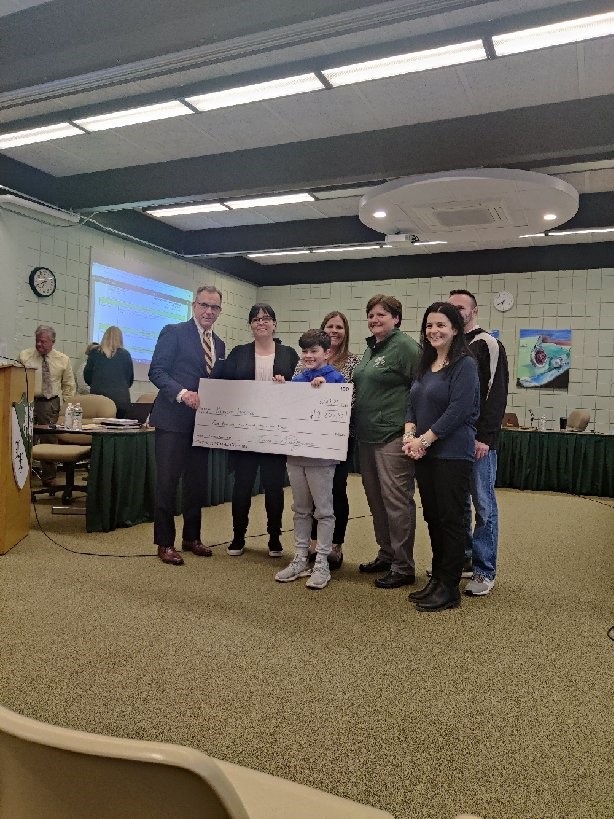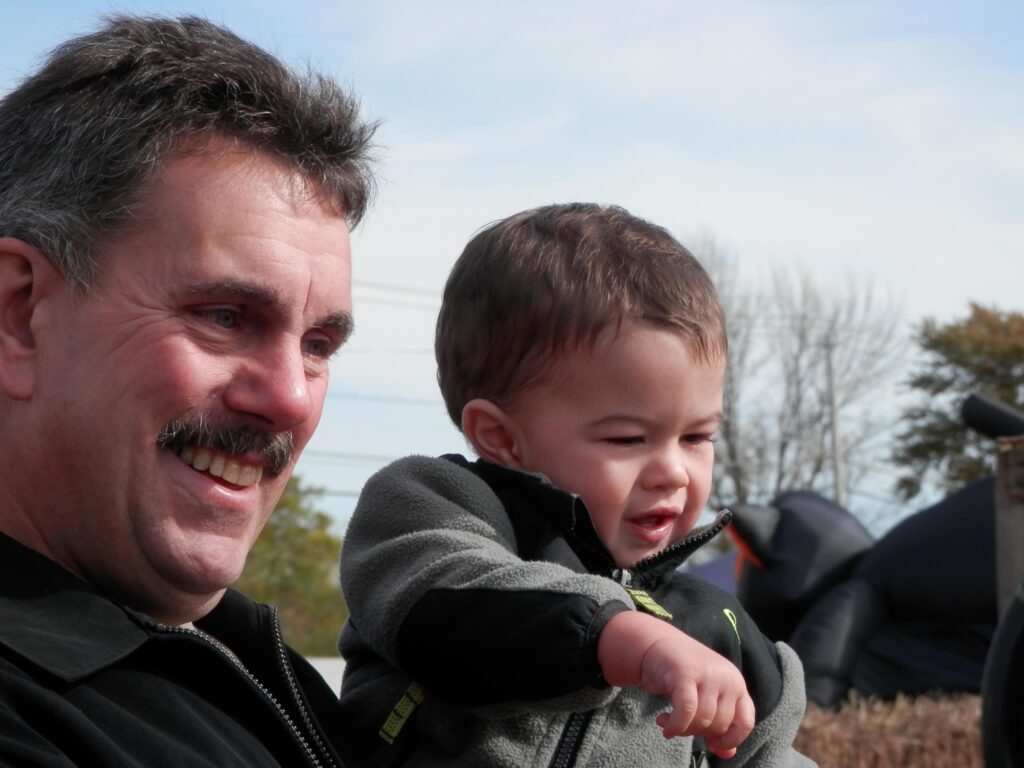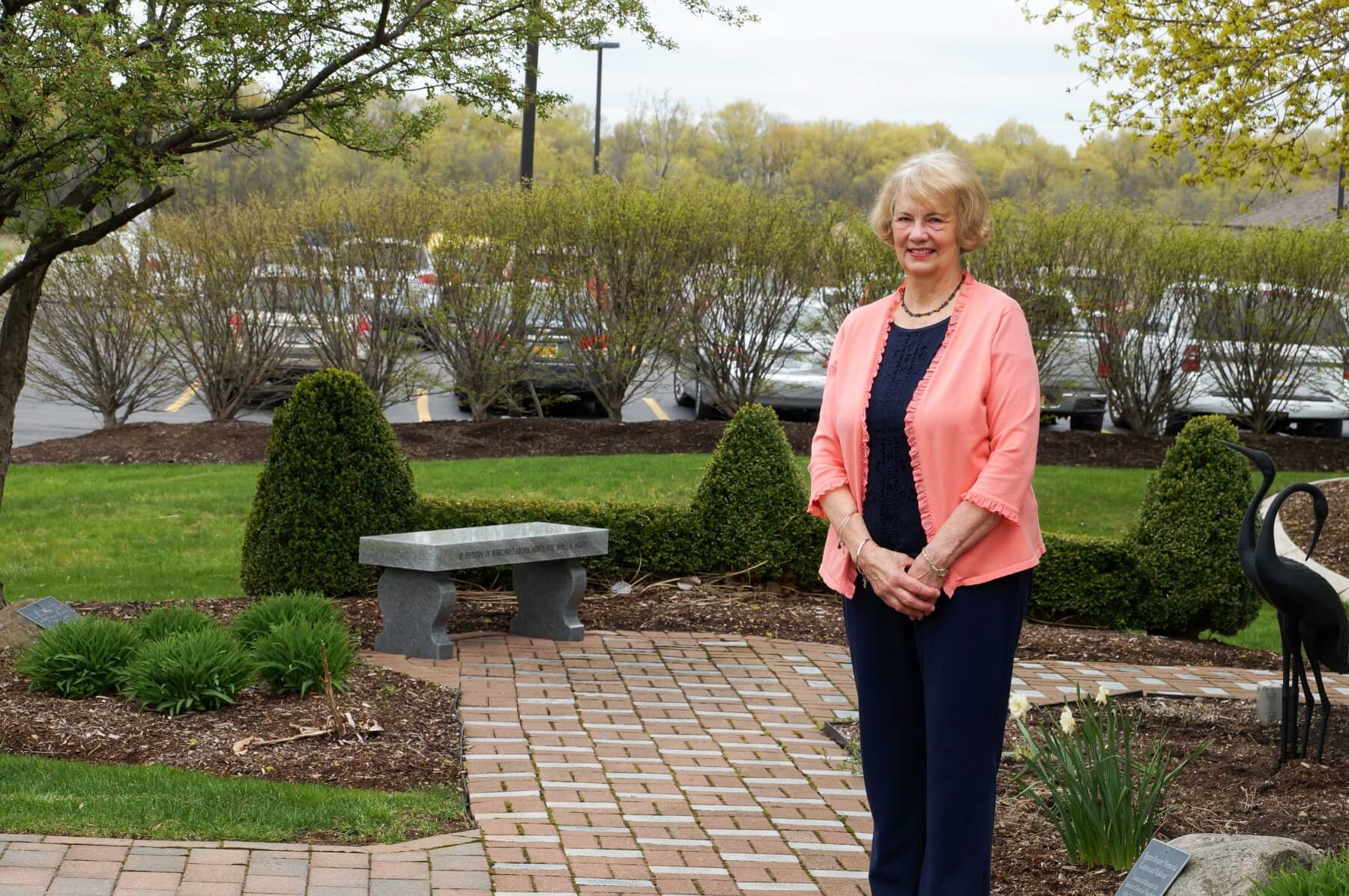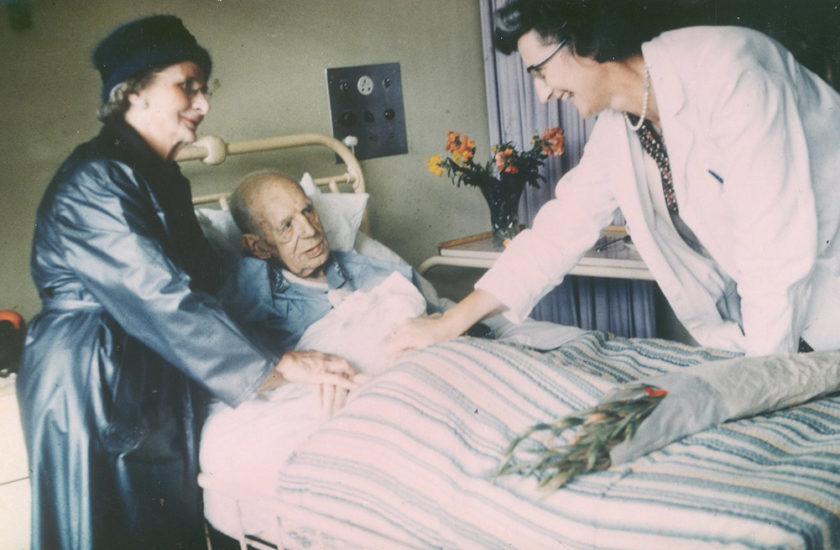When patients with dementia and their caregivers struggle with trying to address constant agitation and stress, daily living activities can become very challenging. There are a variety of practical activities and habits that can supplement treatments and medications. By engaging loved ones in these routines, families can seek to attain optimal comfort in the face of unpleasant symptoms, difficult situations and feelings of isolation while also alleviating their stress.
Another major issue affecting dementia patients during the progression of the disease is sundowning syndrome; a state of confusion occurring in the late afternoon and lasting into the night. It can be caused by an urge to go the bathroom, thirst, hunger or pain. Boredom can also be a trigger for this behavior. Sundowning can result in a variety of different behaviors, such as anxiety, aggression, depression, ignoring directions, pacing or wandering.
For people living with dementia, one of the biggest factors in combating these adverse circumstances is providing sensory engagement. These measures can be instrumental for patients, families, caregivers and health care providers. They work together to develop the best care plan and tailored solutions for each situation toward countering the physical and emotional impacts that correspond with each type of illness.
Dementia-oriented sensory engagement (D.O.S.E.) is a non-pharmacological approach that can alleviate the above conditions and contribute to creating more positive outcomes in patient comfort and quality of life. In addition, these measures can serve as much-needed support tactics to caregivers under duress. Sensory stimulations like pet or music therapy and physical therapy can ease the unpredictable, demanding effects of dementia illnesses. Accommodating patient preferences, strengths and abilities can also result in reframing Alzheimer’s and dementia outcomes to reward and encourage patients rather than restrain them through trying circumstances.
Therefore, activating any type of sensory interventions may remedy certain unmet needs, desires or interests related to daily activities. Creative memory-driven activities are meaningful in engaging patients’ body, mind and social instincts and represent important non-pharmacological approaches to each respective disease state. While a good diet, adequate sleep and regular companionship are essential to managing a patient’s condition throughout the disease progression, there are other ancillary routines to consider in the care plan and creation of new habits.
The variety of cognitive-stimulating activities, including reading, playing games, walking and participating in social gatherings play a vital role in re-shaping how individuals feel. Regular involvement in these pursuits help avoid a descent into a sense of helplessness and despair. Even playing a patient’s favorite music from the past or watching old movies can enhance their psychological health, mood or overall demeanor towards others.
Sensory Activity Assessments & Recommendations
To measure how sensory activities can impact patients and caregivers dealing with dementia, the clinical staff at Pathways Palliative Care looked at baseline behaviors and symptoms and then monitored outcomes from routine changes and the introduction of new activities.
We developed a questionnaire to assess 10 patients in Niagara County with a dementia-related diagnosis who are enrolled in a home-based palliative care program. The patients’ ages ranged from 69 to 93 years old and they all have a form of dementia, Alzheimer’s or Parkinson’s diagnosis.
This survey aimed to discover non-pharmacological approaches to assessing the disease state and the frequency of use of interventions related to cognitive stimulation activities, physical exercise, Mediterranean diet, social interaction and use of reminiscent therapy. The survey also included scales to measure daily routines, sleep interruptions, mood issues and average daily pain levels. The goal was to determine whether these interventions improved outcomes and lowered caregiver stress levels.
A social worker completed the survey in the patient’s home with the patient and primary caregiver present. In all cases, the primary caregiver provided answers to each question. Two questionnaires were completed at different intervals, two months apart, to determine whether interventions and suggestions were implemented and if the recommendations decreased the patient’s behavioral issues and lightened the burdens of the caregivers.
Positive Patient Behavioral Outcomes
The results of this non-pharmacological D.O.S.E. approach to changing some lifestyle habits and socialization activities demonstrated a difference in better stabilizing the patient’s condition and erratic personality tendencies.
Physical activity such as walking, getting quality sleep and maintaining a better diet proved to be significant in producing positive outcomes for emotions and symptom management. Socialization, being productive and learning through playing games and listening to music as well as staying connected with family members and friends all yielded dramatic improvements in patient comfort and attention to their surroundings. The assortment of sensory activities also addressed other areas of the dementia disease state. Increasing positive emotional experiences and decreasing negative ones overall will reduce depression and aggressive outbursts.
The overall aim for any program serving people with dementia-related illnesses is to produce more positive interactions for patients and caregivers while documenting the overall health outcomes and behavioral changes that any non-pharmacological approaches provide.
